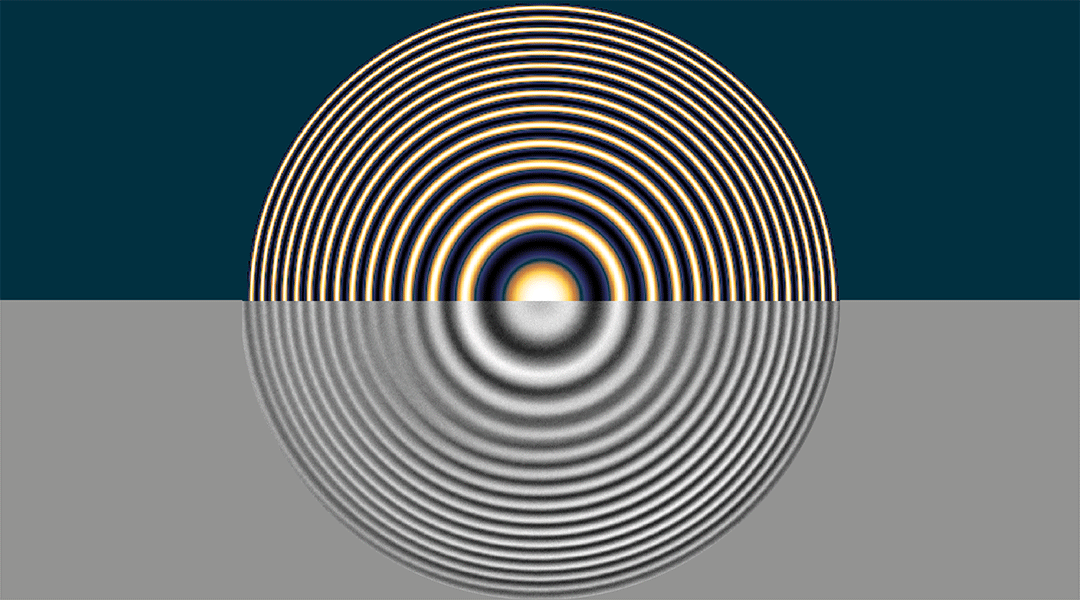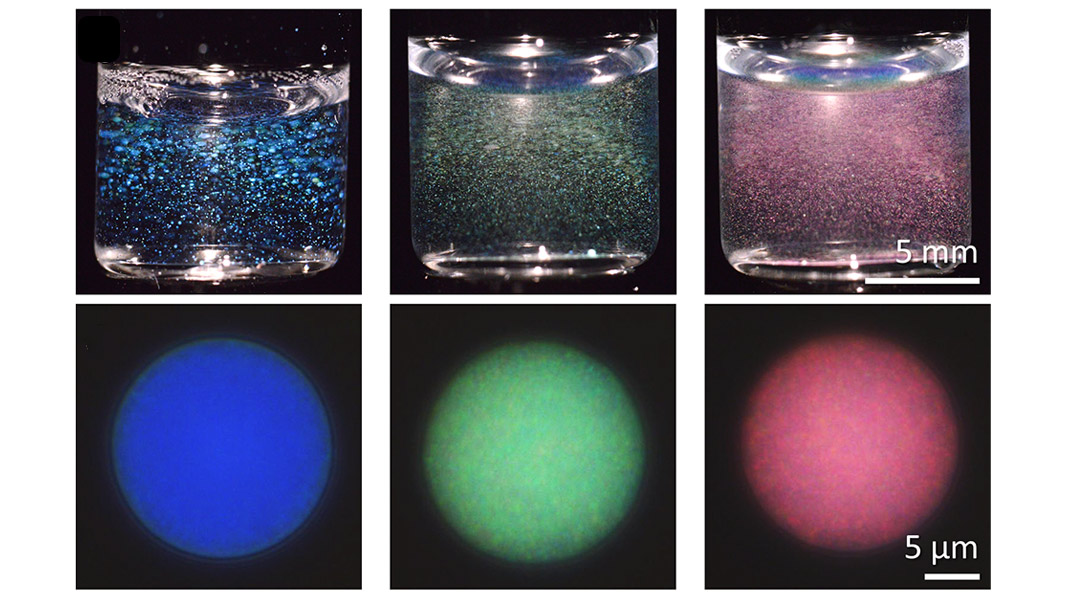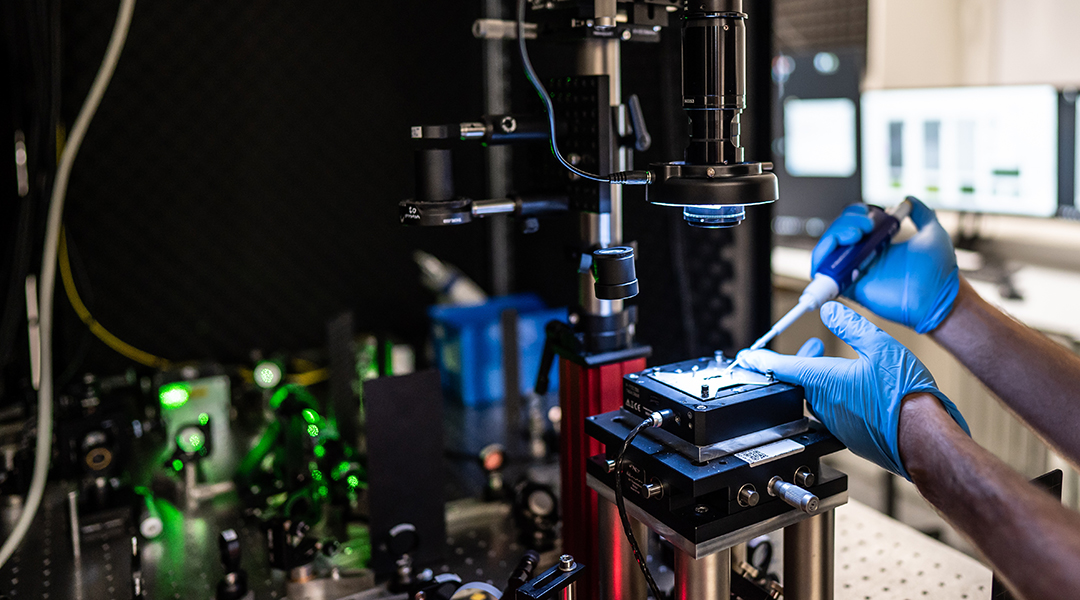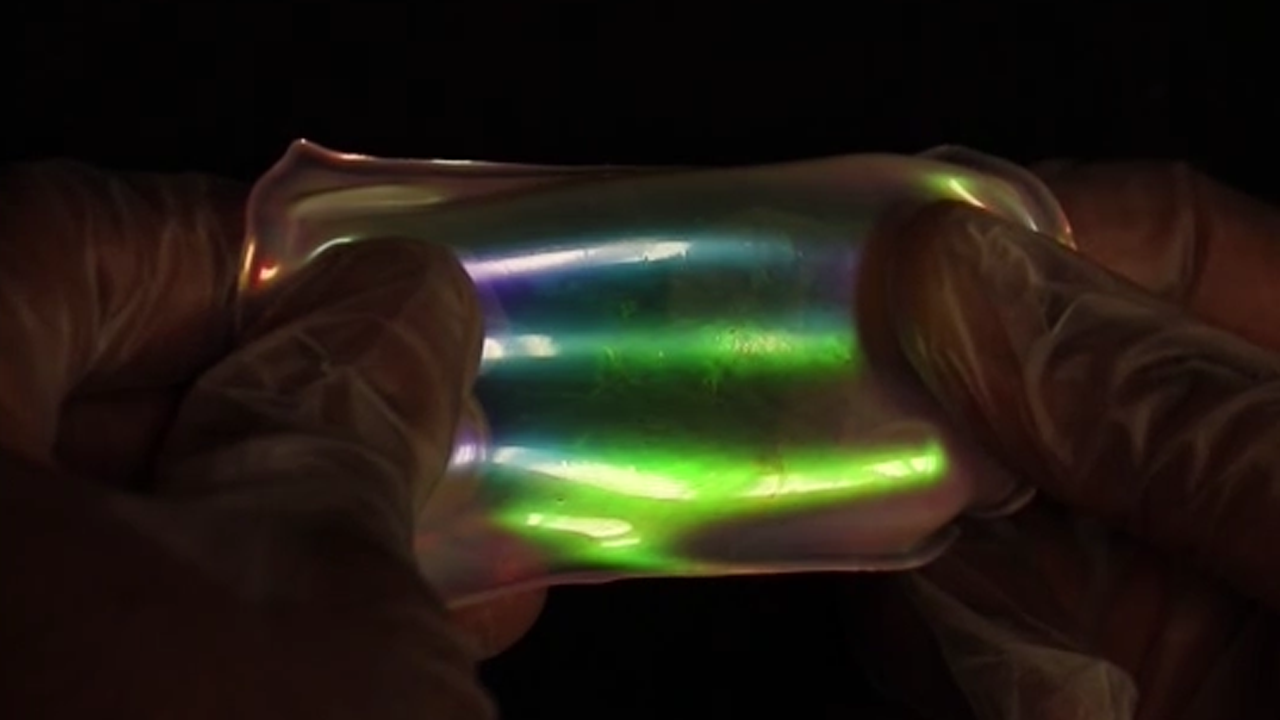Tuneable micro-structured surfaces could overcome the limitations of current unchangeable components that result in “static” optical devices.


Tuneable micro-structured surfaces could overcome the limitations of current unchangeable components that result in “static” optical devices.

Researchers take a different approach to machine learning to uncover the physics of optics in composite materials.

The new technique creates color on metal that can be changed, erased, and rewritten.

Researchers create a new and elegant way of producing nanostructured microparticles, yielding a vibrant palette of colors from a single polymer brush.

A new method with unprecedented resolution allows researchers to visualize dynamic and elusive mechanisms that underpin essential biological processes, such as cell division.

High-throughput computational materials screening is turning out to be an efficient highway to optoelectronic semiconductor design.

Scientists at Hong Kong University of Science and Technology make artificial eye far better than anything current.

As the way in which we work, socialize, and live becomes ever-more digital, enabling faster internet speeds and bandwidth capacity while using existing infrastructures promises a new dawn of the digital age.

Researchers develop an easily scalable approach for fabricating cholesteric liquid-crystal elastomer films.

Scientists have developed a method for precise, fast, and high-quality laser processing of halide perovskites, promising light-emitting materials for solar energy, optical electronics, and metamaterials.